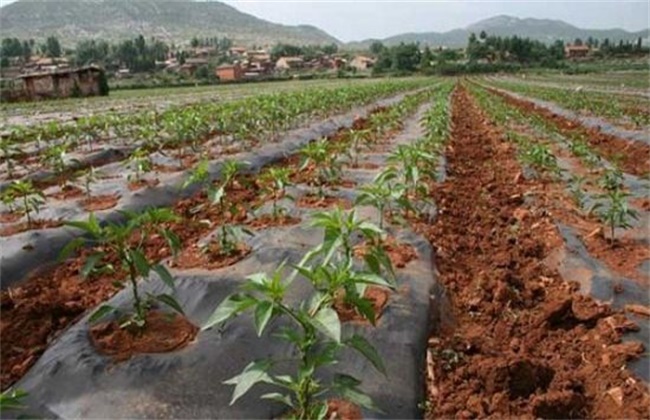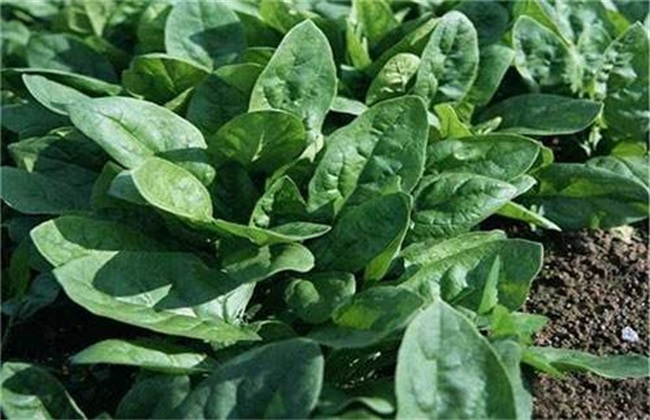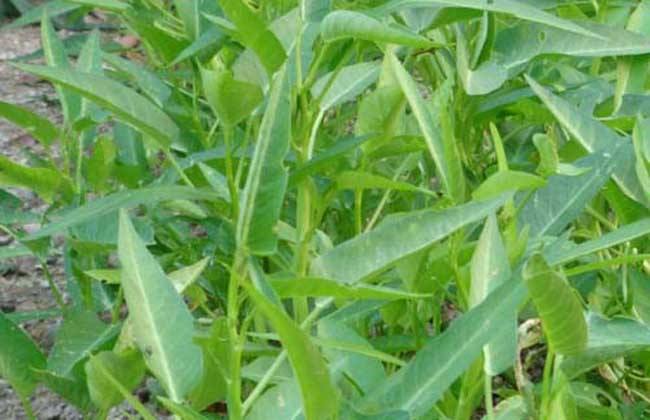Causes of low yield of pepper in autumn and winter and its solution
Pepper is one of the common vegetables in our life, and it is inseparable from three meals a day in many areas. although it is a cold autumn and winter season, there are still many people growing chili peppers. Many growers find that the yield of autumn and winter is low. What's going on at this time? Let's take a look.

1. Reasons for low yield of hot pepper in autumn and winter.
1. In the process of growth, due to poor root development, lack of fertilizer and water, poor light and other factors, it is very easy to form deformed fruit and split fruit, which seriously affect the yield and quality of hot pepper.
2. The temperature turns cool in autumn, but sometimes the temperature is still relatively high. if the pepper encounters high temperature and humidity during the flowering and fruiting period and low temperature and low light in the later growth stage, it will be unable to pollinate at maturity, resulting in a lower fruit setting rate and a decrease in natural yield.
3. During the fruiting period, the temperature is low, and it is difficult for the root system to absorb phosphate fertilizer, and it is easy to appear low anthocyanin synthesis, resulting in purple spots in the fruit, which seriously affects the quality of hot pepper.
II. Solution measures
1. Cooling and humidity control
During the growing period of hot pepper, the temperature should be controlled between 25-28 degrees during the day, 15-18 degrees at night, and the air humidity should be kept between 60% and 70%. Only in this way can it be conducive to the growth and development of pepper fruit and improve yield and quality.
2. Warming and moisturizing
In the later stage of pepper growth, the temperature is low, the light is weak and short, so it is necessary to increase temperature and cold and increase light, at the same time, we should strengthen fertilizer and water management and increase the application of phosphorus and potassium fertilizer to provide sufficient nutrients for fruit growth and development and promote normal fruit development.
3. Coordinate reproductive growth and vegetative growth
In the later stage of pepper growth, reproductive growth and vegetative growth go hand in hand, if too much nitrogen fertilizer is applied, pepper will grow too much, resulting in vegetative growth exceeding reproductive growth, resulting in fruit malnutrition. Therefore, in the flowering and fruiting period, we should strengthen fertilizer and water management, increase the application of phosphorus and potassium fertilizer, apply little or no nitrogen fertilizer, watering should not be irrigated by flood water, and properly plough and loosen the soil to improve soil permeability.
The above is the introduction of the causes and solutions of low yield of hot pepper in autumn and winter. I hope I can help you. If you want to know more about it, please follow us.
Related
- Where is it suitable to grow horseradish in China? it is expected to see the middle altitude horseradish in Alishan.
- How to prevent tomato virus disease reasonably? (Control methods included)
- Many people like to plant towel gourd on the balcony. What are the main points of this method and management?
- What crops can chili peppers be mixed with?
- Fertilization techniques and matters needing attention in Tomato
- What are the grafting techniques for peach seedlings in spring?
- Harm and control methods of root swelling disease of Chinese cabbage
- What are the pests of sweet potatoes? How to prevent and cure it?
- Symptoms, causes and Control methods of navel Rot in Tomato
- The cause of "Cucumber rotten bibcock" in Farmers' planting Cucumber and its Control Plan



